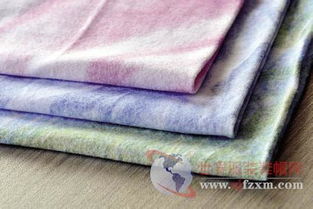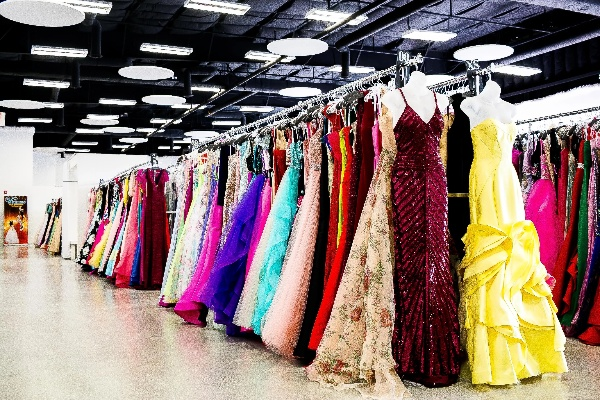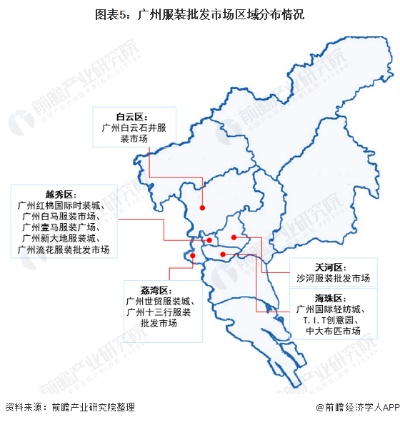A Comprehensive Analysis of Patterns and Embroidery in Warring States Textiles
"A Comprehensive Analysis of Patterns and Embroidery in Warring States Textiles" is an article that explores the patterns and embroidery used in warring states textiles. The author examines the various types of patterns and embroidery techniques used during this period, including geometric patterns, floral patterns, and animal motifs. They also discuss the significance of these patterns and embroidery designs in ancient Chinese culture and art. The article provides a detailed analysis of the techniques used to create these patterns and embroideries, as well as their cultural and historical context. Overall, the article provides a valuable insight into the art and design of warring states textiles and their place in Chinese history and culture."
Introduction: The Warring States period, spanning from 475 BC to 221 BC, marked a pivotal stage in Chinese history. It was a time of political turmoil, cultural innovation, and artistic flourishing. Among the many facets of this period, textiles played a significant role in reflecting societal norms, beliefs, and aesthetic preferences. This essay will focus on the patterns and embroidery found in the textiles of the Warring States period, examining their distinctive characteristics and how they relate to broader cultural contexts.
Patterns: Warring States textiles were characterized by a variety of patterns, including geometric designs, floral motifs, and abstract patterns. Geometric designs were often based on ancient Chinese mathematical principles, such as the use of triangles, squares, and circles. These designs were often used to create intricate patterns that were both functional and decorative. For example, silken fabrics from Hanfu (a traditional Han style of clothing) often featured geometric patterns that were meant to enhance the wearer's appearance and convey social status.
Floral motifs, on the other hand, were a popular theme in Warring States textiles. These designs were inspired by natural elements, such as flowers, leaves, and birds. They were often depicted in vibrant colors and were used to create a sense of harmony and balance within the textile. One notable example is the "Butterfly Flower" pattern, which was commonly seen on Hanfu fabrics during this period.
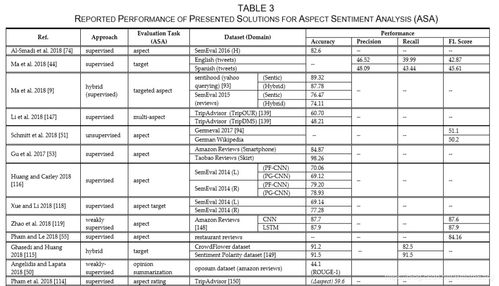
Abstract patterns, on the other hand, were less common but still present in some textiles. These patterns were often based on mythological figures or symbols, such as dragons or phoenixes. The abstract nature of these patterns allowed for greater creativity and allowed designers to express their own interpretations of Chinese culture.
Embroidery: Embroidery was another key aspect of Warring States textiles. Embroidered patterns were often used to add depth and texture to the textiles, creating a more visually appealing effect. Embroidered patterns could range from simple stitchwork to complex designs that incorporated multiple layers of embroidery.
For example, one famous Warring States-era textile is the "Hanfu Embroidered Robe," which features intricate embroidered patterns that are meant to enhance the wearer's appearance and convey social status. The robe is made up of multiple layers of embroidery, with each layer representing a different level of wealth and prestige.
In addition to being beautiful and functional, Warring States textiles also served as a form of artistic expression. Many textiles were created by skilled artisans who were passionate about their craft. These artisans would spend hours perfecting their techniques and incorporating new ideas into their work. As a result, many Warring States textiles are considered masterpieces of Chinese art.
Conclusion: The patterns and embroidery found in Warring States textiles reflect the diverse cultural influences of this period. From the geometric designs of Hanfu fabrics to the abstract patterns of Butterfly Flower fabrics, these textiles showcased the skill and creativity of their makers. Embroidered patterns added depth and texture to these textiles, making them not only beautiful but also functional and meaningful. As we look back at the Warring States period, we can appreciate the importance of these textiles in shaping Chinese culture and art over the centuries.
战国纺织品图案纹样概述
战国时期是中国古代纺织业发展的重要时期,其纺织品图案纹样以其独特的艺术风格和工艺特点,展现了丰富的文化内涵和审美追求,本篇将重点介绍战国纺织品图案纹样的特征,并通过英文案例说明进一步加深理解。
战国纺织品图案纹样特征
图案构成元素
(1)几何图形:战国时期纺织品图案中常见的几何图形包括直线、曲线、圆形等,这些几何图形具有简洁明快、富有动感的特点,常用于表达自然、动物、植物等元素。
(2)动物纹样:战国时期纺织品图案中动物纹样尤为丰富,包括龙、凤、麒麟、花鸟等,这些动物纹样具有神秘、威严、吉祥的寓意,常用于表达权力和富贵。
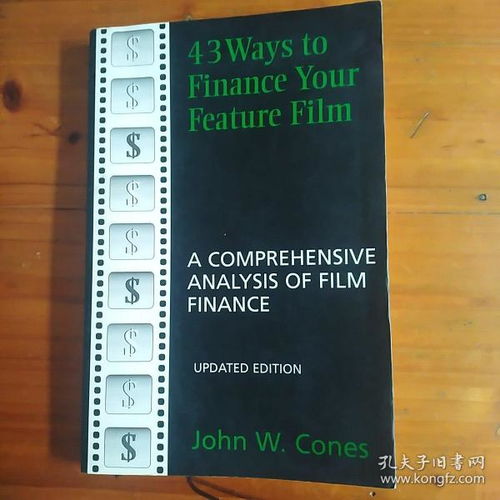
(3)植物纹样:战国时期纺织品图案中植物纹样以自然形态为主,包括花卉、果实、叶子等,这些植物纹样具有清新、自然、生机勃勃的特点,常用于表达生活的美好和希望。
图案表现手法
(1)对称与均衡:战国纺织品图案中对称与均衡的运用非常普遍,通过左右对称、上下对称等方式,营造出平衡和谐的艺术效果。
(2)色彩运用:战国时期纺织品图案中的色彩运用非常丰富多样,常采用对比强烈的色彩搭配,以突出图案的视觉效果,不同颜色的运用也体现了不同的文化内涵和审美追求。
(3)装饰性:战国纺织品图案中常常运用各种装饰手法,如刺绣、印花、贴花等,以增加图案的装饰性和艺术性,这些装饰手法不仅增加了图案的美观度,也体现了工匠们的精湛技艺和艺术创造力。
案例分析
以某战国时期的纺织品为例,其图案纹样特征如下:
(1)几何图形运用:该纺织品图案中运用了大量的直线和曲线,形成了简洁明快的几何图形效果,这些几何图形不仅具有视觉效果,还体现了该纺织品的质感和纹理。
(2)动物纹样运用:该纺织品图案中运用了龙、凤、麒麟等动物纹样,这些动物纹样充满了神秘、威严和吉祥的寓意,这些动物纹样与该纺织品的颜色搭配相得益彰,营造出了和谐的艺术氛围。
(3)植物纹样运用:该纺织品图案中运用了花卉、果实等植物纹样,这些植物纹样以自然形态为主,充满了清新、自然的气息,这些植物纹样的运用也体现了该纺织品的环保理念和人文关怀。
战国时期纺织品图案纹样以其独特的艺术风格和工艺特点,展现了丰富的文化内涵和审美追求,其图案构成元素包括几何图形、动物纹样和植物纹样等多种形式,表现手法包括对称与均衡、色彩运用和装饰性等,通过案例分析可以看出,不同时期的纺织品图案纹样具有不同的特点和风格,反映了当时的社会文化背景和工艺水平。
Articles related to the knowledge points of this article:
Unleash the Beauty of Textiles:Exploring the World of Luxury and Durability
The Spring of Textiles:A Refreshing Emergence of the Industry
